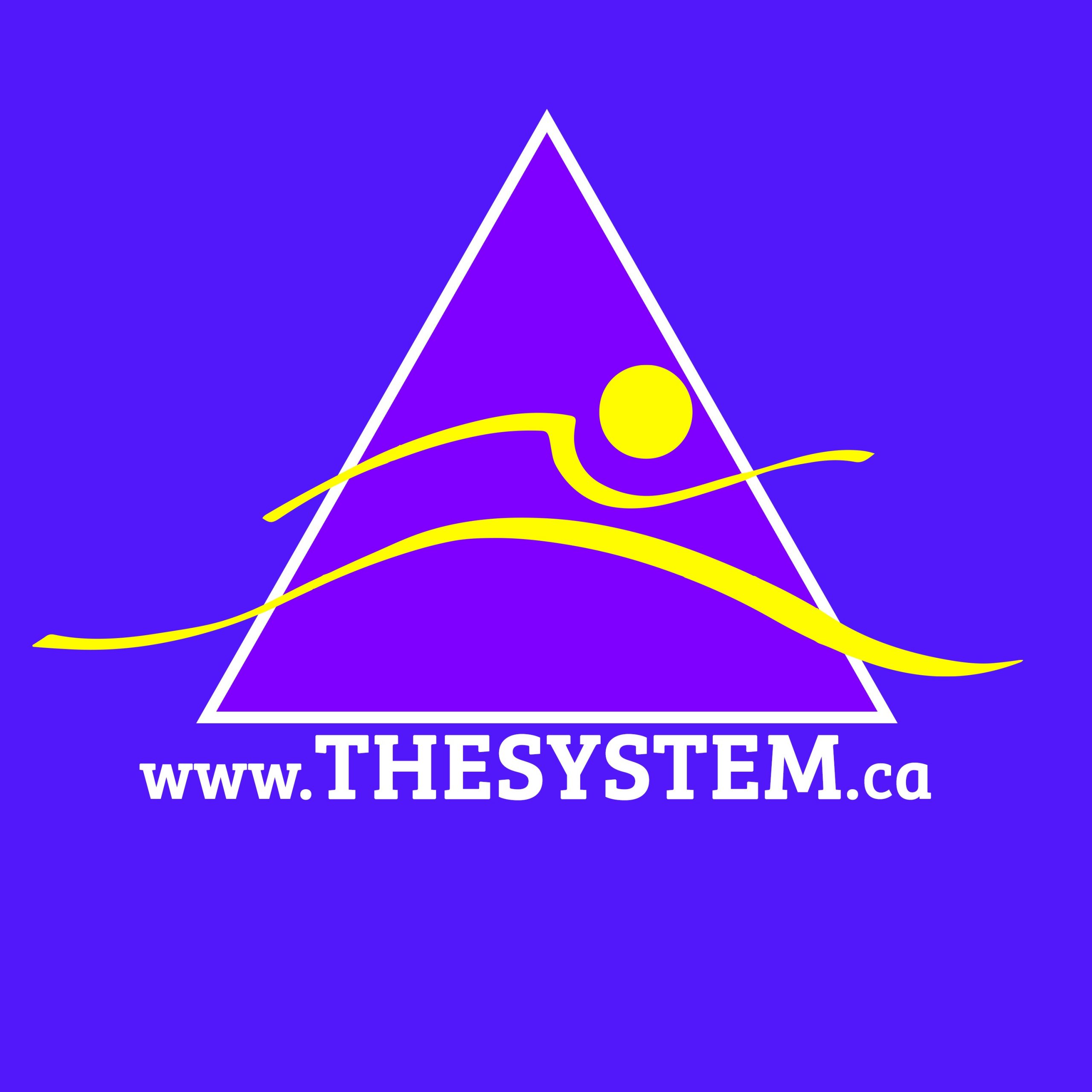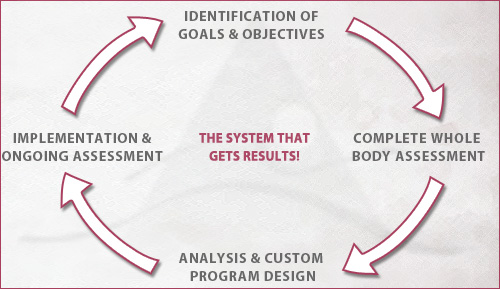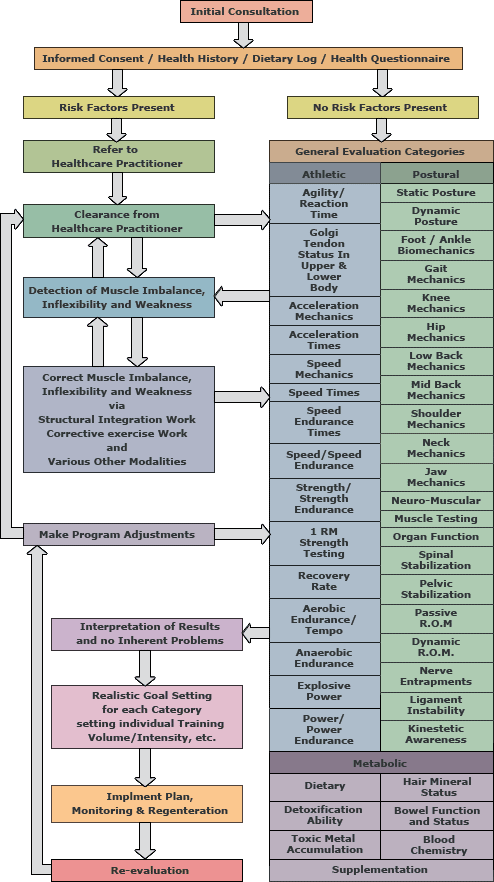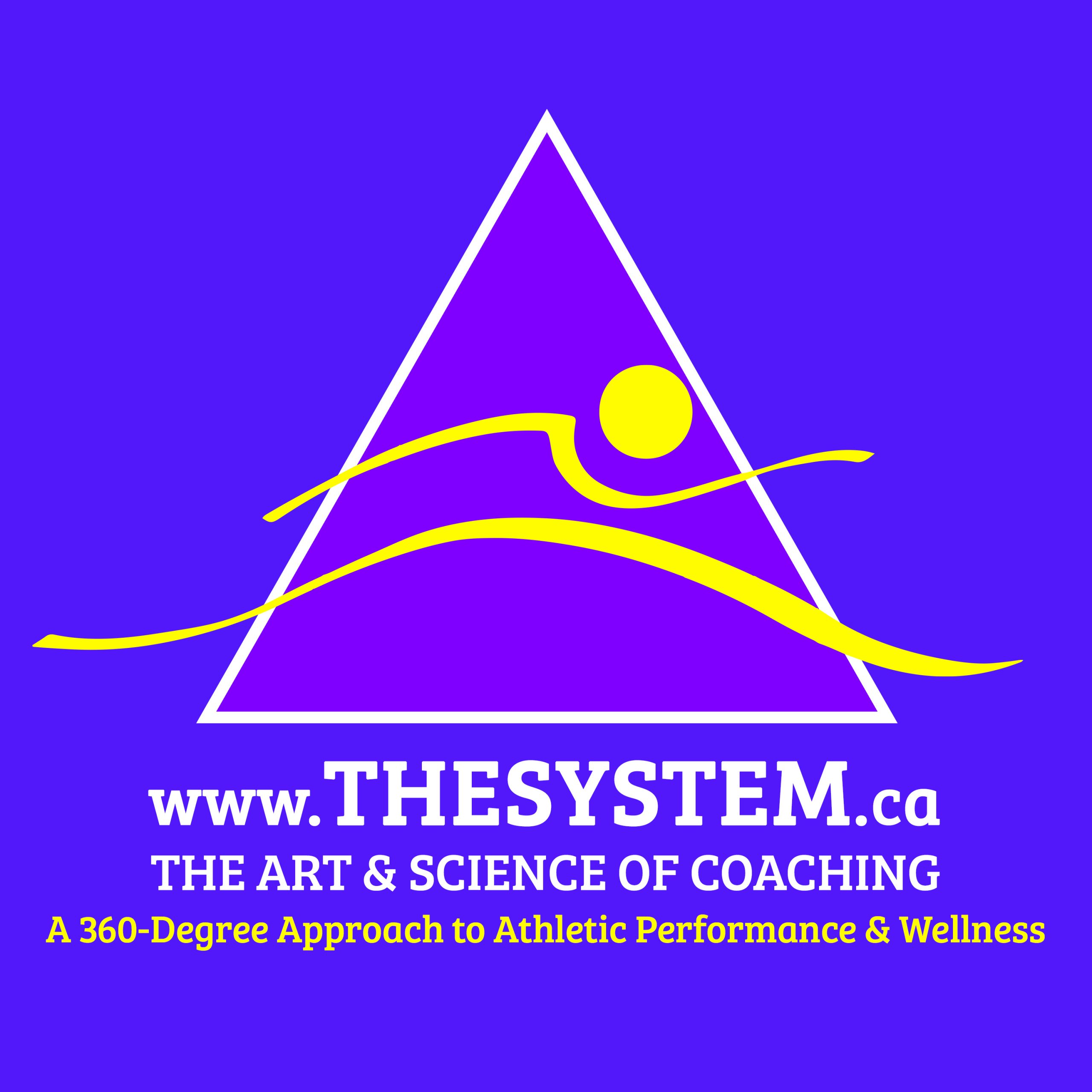The Process & Results
The System roadmap & process flow can be illustrated in the above flowchart
One of the many aspects that make The System so effective, is the approach it takes in working with athletes. The goal is not only to achieve the desired result, but to do it in the most efficient way possible. As such, most clients are able to reach their fitness goals in less than 6 months. At that point they now have the tools and knowledge to maintain what they have accomplished.
The System’s program takes the athlete through a series of five steps involving multiple disciplines and procedures based on the Four Pillars of Performance: Physical Conditioning, Nutrition, Environment, and Emotion.
One solution does not fit all situations.
Every athlete’s perspectives, aspirations, life/sporting/training experiences are unique. It is vital to have a well established and practical process by which one can ascertain what is required to improve performance in an individual.
Summary of The Process
- Assess
- Pioritize
- Plan
- Implement
- Regenerate
- Monitor
- Re-Evaluate
- & Refine
What Steps You Should Expect
Step 1 – consult – determine injury history, goals, time & lifestyles constraints, receive quote for products & services
Step 2 – approve quote & set up time for assessment
Step 3 – assessment
Step 4 – review of findings & home program demonstration
Step 5 – being first of 2 or 3 sessions of ISBW
Step 6 – beginning Integrated Conditioning (IC) at our facility (at least 2 or 3 sessions)
Step 7 – perform 1 session of ISBW & review program & progress
Step 8 –Integrated Conditioning (IC) at our facility (at least 2 or 3 sessions)
Step 9 – perform 1 session of ISBW
Step 10 –Integrated Conditioning (IC) at our facility (at least 2 or 3 sessions)
Step 11 – perform 1 session of ISBW & review program & progress
Step 12 – maintenance program either at our facility or at yours
Step 1: Assessment
*(up to 4 hours – broken up in to 2 or 3 sessions)
The System is a custom designed training program built around four key steps:
- A detailed assessment of your current overall health, taking into account injuries, disabilities, movement deficiencies, and fitness challenges.
- Understand your personal fitness and health goals factoring in age, lifestyle, and activity.
- Develop a fitness and lifestyle program encompassing physical, nutritional, emotional, and environmental elements to allow you to reach your goals.
- Educate and empower you to maintain your healthy lifestyle and condition for a lifetime.
- Consultation: analyze the athlete’s injury history, find out goals, time & lifestyles constraints.
- Assessment: the athlete’s performance goals are discussed along with their commitment levels, injury history, and conditioning history.
- Other items that are assessed:
1) Hydration & pH
2) Sleep
3) Soft Tissue Health
4) Muscle Function & Joint Range of Motion
5) Standing Static & Lying Down Posture
6) Movements Patterns (walking, jogging*, running*, sprinting*, overhead squatting, lifting, lunging, throwing, catching, carrying etc…)
• Identify the source(s) of faulty mechanics & abnormal movement patterns, which can contribute to tissue overload & decrease mechanical efficiency
• The way you run & move will dictate how much force is transmitted to various tissues & at what angles & loading rates
• Most repetitive strain injuries, as opposed to traumatic injuries, develop because the tissues are subjected to greater load than they can handle
• Over time, structures become chronically inflamed & begin to break down (i.e. tendinopathies, strains, sprain)
7) Mitochondrial function
8) Detoxification
9) Digestion, Assimilation & Elimination
10) Brain health
11) Adrenal health & Stress Response
12) Hormones
13) Inflammation & Injury Status
14) Eating Habits & Lifestyle
15) Environment
16) Focused Orthopedic Needs
17) Manual Muscle Testing of Identified Areas
*only for qualified clients
- Based on the results of the assessment, a prioritized Performance and Wellness plan is created outlining a strategic plan for the client to reach their health and conditioning goals.
- This plan encompasses the four pillars and is unique for every athlete.
Step 2: Interpretation
- Yusuf Omar will personally review the plan with the client, explaining the strategies and processes. Each area, encompassing one of the four pillars, is explained in detail providing a roadmap to improved physical health. Physical work is generally started first, followed by the environment and emotional pillars, and finally nutrition. The athlete is also shown what exercises they should begin doing on their own.
- Structural bodywork, which includes deep tissue massage and osteopathic work. A brief assessment will determine what parts of the body need to be focused on. This involves approximately 6 to 12 weekly sessions, each lasting 60-90 minutes. Older or ongoing issues may require more sessions until the body unlearns the trauma pattern and correct movement patterns can be re-established. The athlete is also shown what exercises to do and the proper technique. Specialized equipment or accessories may be provided to the athlete. Each session is scheduled two weeks apart and includes a review of the athlete’s progress and a mini assessment.
- With each session, the athlete will experience:
- More mobility
- Greater ease and less discomfort when moving
- The ability to perform movements that were once difficult to do
- Integrating new movement patterns with far greater ease
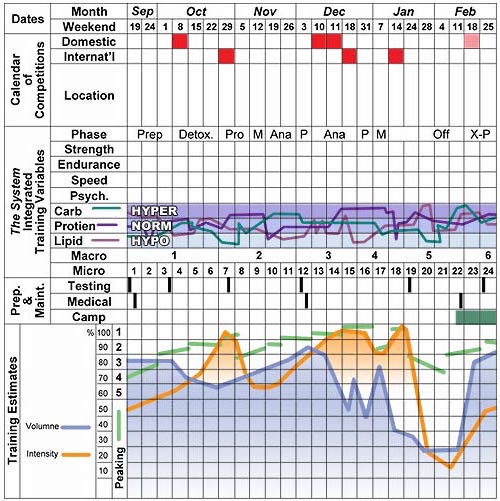
*sample training plan
Step 3: Implementation
- Learn Regeneration methodologies
- Monitor progress
- Yusuf Omar will re-evaluate the plan with the athlete to assess progress, find out about any physical changes, and adjust the plan accordingly.
- An assessment will be done with the results compared to the original assessment done at the beginning of the program.
- A program is created to empower the athlete to continue on their own to maintain the physical gains they have made.
- The remaining sessions are spaced out over a period of 2 to 4 months, sometimes up to 6 months, depending upon the nature of the injury.
- There will be a final evaluation and program update done 4 to 6 weeks afterwards.
Step 4: Training & Recovery
While bench presses and treadmills may be the tools of choice for most trainers, The System is focused on first creating balance, then refining movement, and finally building strength. Following this formula, it is possible to obtain results in the most efficient manner, whilst increasing muscular gains and reducing injury potential.
The level, intensity and type of exercises will be decided based on the athlete’s condition, sport, and physical goals.
One thing that will always be common with all of The Systems’s programs will be the focus on mobility, flexibility, endurance, strength, and speed.
Learn recovery techniques & monitor training response.
W.r.t. Structural Body Work, Conditioning & Nutrition, The System offers this outline:
Integrated Structural Body Work (ISBW)
- targeted soft tissue work
- employ various regeneration methods
- introduce posture correction exercises
- introduce mobility movement
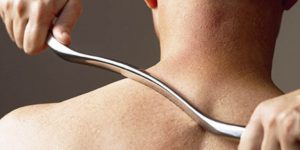
- increase work capacity
- increase isometric & concentric, as well as eccentric strength in specific areas
- increase power
- increase reactive abilities & pliability (i.e. elasticity in tissues)

Integrated Metabolic Nutrition (IMN)
- Factoring in your lifestyle and your goals we combine therapies with clinical conditioning to develop proper movement patterns and to correct postural habits.
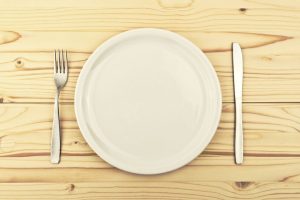
Step 5: Measuring Results & Re-Assessment
When it comes to improving physical health, the changes over time can be measured both objectively and subjectively. The System’s approach is to take both of these into account in order to measure success and make changes along the way.
Determine if goals where achieved.
Objective Changes
Changes such as strength, posture, range of motion, and balance can be measured using a number of standardized methods. Some changes will be noticed in a very short time, while others may take longer depending on injuries and conditioning.
Subjective Changes
For many athletes, positive changes will be felt after just a few sessions. While they may not be measured using standard methods, they should not be discounted as an indicator of the athlete’s improvement. These changes may include feeling lighter and faster, sleeping better, less aches and pain, more energy, more confidence, and better mood.
Related
